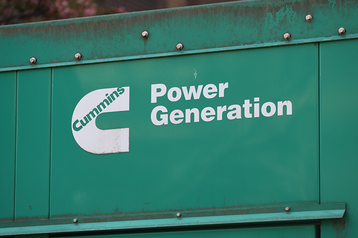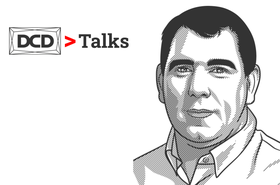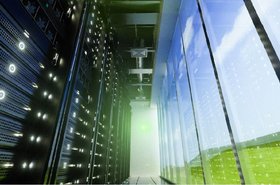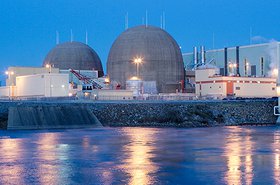Mission-critical means that when it comes to power, there is no playing around. With so many key societal institutions relying on the data center backbone, we can’t risk shutting down. But how do we negotiate this along with the need to switch to greener energy sources, many of which are dependent on the environment around them?
This is a question that, as an industry, we are teaming up to answer.
Many different solutions have been put forward. We are seeing more and more data centers powered by solar or wind, cooling technologies that are more sustainable, and heat reuse initiatives, all of which are helping to reduce the impact we have on the planet. But when it comes to generators providing consistent and reliable energy, the best alternatives to diesel are still debated.
Cummins is taking decarbonization seriously, and as an engine manufacturer, they are on the front line of trying to figure this balance out. At our DCD>Connect London event, we had the opportunity to sit down with James Wadey, director of Data Center Strategic Accounts at Cummins to discuss how the company is approaching this complex issue.
“When we think about decarbonization, we think not only of the manufacturing of products, but also of the operating, and then the end-of-life side of things,” said Wadey.
“We made a commitment back in 2014 for a 2020 goal. We've just recently refreshed that, which is now our ‘Planet 2050’, a strategic roadmap for how we will decarbonize the whole supply chain.
“By 2030, we will make our product with 50 percent fewer greenhouse gases and the current products we have today will produce 25 percent or fewer greenhouse gases for our customers.”
A key element to having a successful goal is having a deadline, and a quantifiable aim. Cummins clearly has a strong base for its roadmap, but what steps will be taken in order to get there?
“Some of that is drop-in fuel technology, such as HVO, gas is another option, and we're looking at those spaces of how we can drop something in that will have an immediate effect.
“One of the challenges here is availability All of our products are HVO-approved with very minimal impact on the performance of the product. But the issue is fuel availability.”
But HVO is not the only possibility. The space could also be looking at alternative technologies, including solid oxide fuel cells, PEM fuel cells, batteries, or even microgrids. The issue is that in terms of the supply chain, some of those fuels aren’t available today in the quantities necessary. In response to this, Cummins is also moving into the electrolyzer space, to deliver green hydrogen, a fuel they see as key for the future.
“If you look at the solid oxide fuel cell, you can run those on gas or hydrogen in the future, but the challenge is with its longer ramp-up time. So you're then looking at more prime power application, or a really big set of batteries to allow it to get up, which conflicts with space for the data centers,” explained Wadey.
“So in reality, if you're looking at it in the sense of use cases today, PEM sits in that space really well, but that's really reliant on clean hydrogen. It's a high purity that you need in hydrogen to run those units.
“So there are things you can do, coupled with microgrids, you can look at how to solve this problem using some renewables, whether that is having electrolyzers on-site turning some of those renewables into hydrogen to give you that clean hydrogen, or whether it’s having some battery storage or solar panels, wind turbines, whatever you've got, depending on your location restrictions.”
Location restrictions are a key element in this issue. Diesel generators were very much copied and pasted – but renewable energy and green energy sources often require a diverse portfolio, and that is one that varies from location to location.
“I think as we move forward, the way that we do data center power, whether it's prime, standby, or peak saving, is going to be different, and going to be unique. That is the biggest challenge for us all because everybody really wants standardization because that makes it simpler,” said Wadey. “But as we move into the future, it's going to become more site-specific because you might have environmental challenges or benefits that help you in that location, and you want to utilize that stuff.
“Unfortunately, if we want to get to this green space, it is going to be different because you're going to want to reap the benefits of each location.”
Sadly, this issue seems unlikely to have a simple all-encompassing solution. It is perhaps this that is making the transition to fully green energy all the slower. However, with a little experimentation and evaluation, there is no reason that the data center industry can’t reach its decarbonization goals.
Tune into the DCD>Talk to learn more about Cummins’s product offerings








